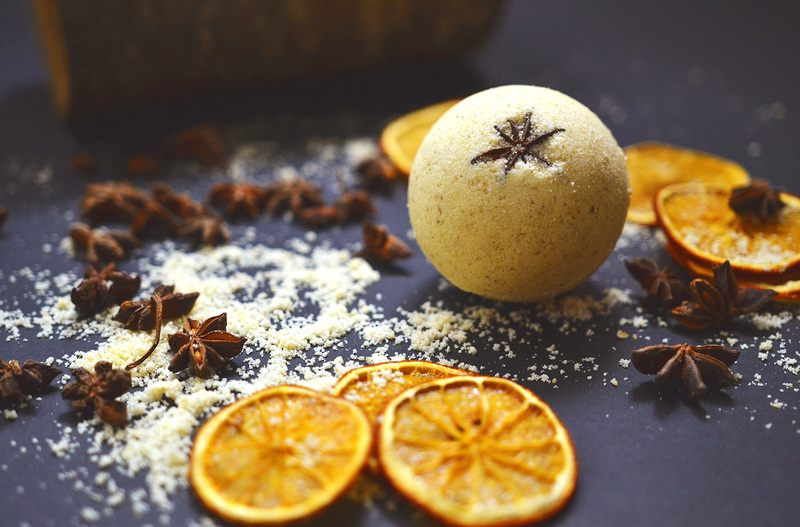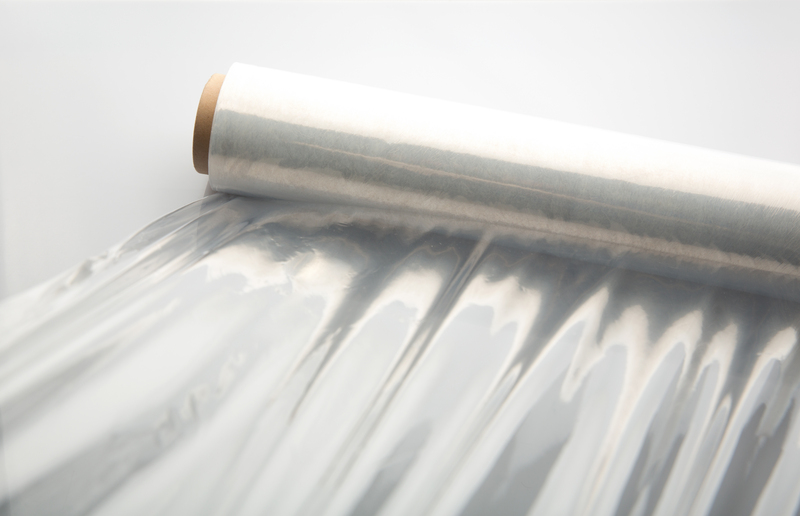Cleaning Candle Wax Spills
Posted on 21/02/2025
Candles add warmth and ambiance to any space, but dealing with candle wax spills can be a real hassle. Whether on carpets, hardwood floors, or fabric, knowing how to effectively clean wax can save you time, energy, and frustration. Follow this comprehensive guide to learn the best practices for removing candle wax spills.
Identify the Type of Surface
Before diving into cleaning, it's crucial to identify the surface the wax has spilled onto. The cleaning method varies depending on whether you're dealing with carpet, fabric, or hard surfaces like wood or tile.

Cleaning Wax from Carpets
Removing wax from carpets can seem daunting, but it doesn't have to be. Follow these steps:
1. Allow the Wax to Harden: Let the wax cool and solidify. This makes it easier to remove.
2. Scrape Off Excess Wax: Use a butter knife or a dull blade to scrape off the bulk of the wax. Avoid digging too deep to prevent damage to carpet fibers.
3. Use Heat: Place a paper towel or a brown paper bag over the wax. Use an iron on a low heat setting to gently heat the wax. The paper will absorb the melted wax.
4. Clean Residue: Apply a carpet cleaner to remove any remaining residue. Blot the area with a clean cloth.
Removing Wax from Hardwood Floors
Hardwood floors require a different approach:
1. Harden the Wax: Let the wax cool and solidify.
2. Scrape Carefully: Gently scrape off the hardened wax with a plastic spatula. Avoid metal tools to prevent scratching the floor.
3. Apply Heat: If any wax remains, use a hairdryer on a low setting to soften the wax. Wipe it with a soft cloth.
4. Clean the Area: Wash the area with a damp cloth and a mild detergent.
Getting Wax Off Fabrics
Cleaning wax from fabrics can be tricky but manageable with these steps:
1. Freeze the Wax: Place the fabric in a freezer or apply an ice pack to harden the wax.
2. Scrape Off Wax: Use a blunt knife to gently scrape off the hardened wax.
3. Iron the Fabric: Place a paper towel over the stained area and run a warm iron over it. The paper will absorb the wax.
4. Wash the Fabric: Launder the fabric according to its care instructions.
Cleaning Wax from Other Hard Surfaces
For tiles, countertops, or other hard surfaces:
1. Allow the Wax to Harden: Let the wax cool down and solidify.
2. Scrape Gently: Use a plastic spatula or an old credit card to scrape off the wax.
3. Clean Residue: Use a damp cloth with a bit of dish soap to clean the residue.
Tips for Future Prevention
1. Use Candle Holders: Always place candles in appropriate holders to catch any dripping wax.
2. Avoid Overheating: Don't let candles burn for too long; overheating can lead to significant spills.
3. Place on Stable Surfaces: Ensure that candles are placed on stable, flat surfaces to prevent tipping.
Pros and Cons of Different Cleaning Methods
Pros:
- Affordable: Most methods use household items.
- Effective: Proper techniques can completely remove wax.
- Quick: Many methods only take a few minutes.
Cons:
- Surface Sensitivity: Some methods can damage sensitive surfaces.
- Labor-Intensive: Scraping and heating require effort.
- Potential Risk: Using irons and hairdryers improperly can cause burns or damage.

Takeaways
- Use the correct cleaning method for each surface type.
- Always let the wax harden before attempting to remove it.
- Heat and absorb methods are highly effective for carpets and fabrics.
Conclusion
Candle wax spills are inevitable, but they don't have to be a nightmare. By following the steps laid out for different surfaces, you can effectively clean up spills and maintain the integrity of your carpets, flooring, and fabrics. Implementing preventive tips can also help you avoid future mishaps, keeping your living space cozy and clean.

